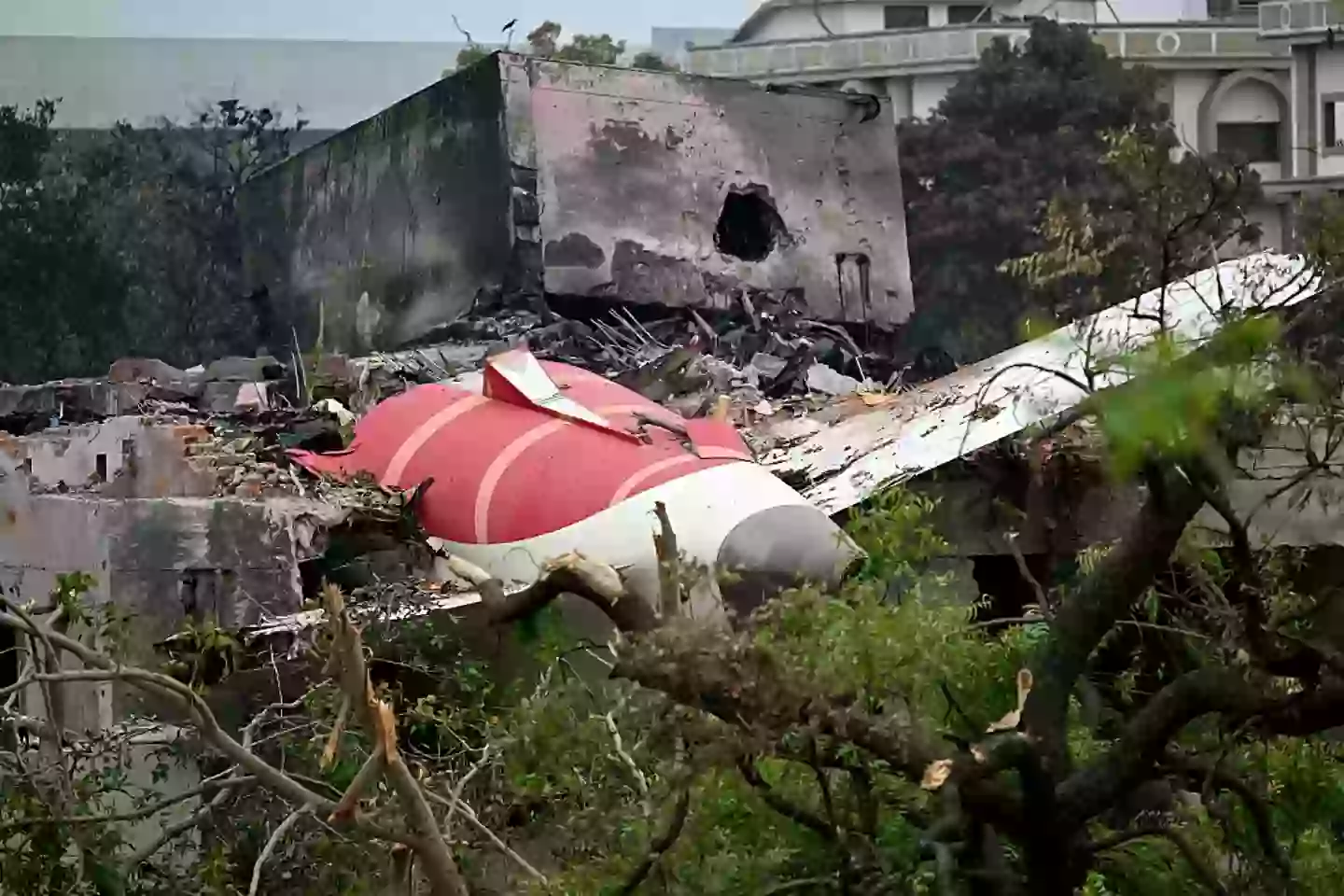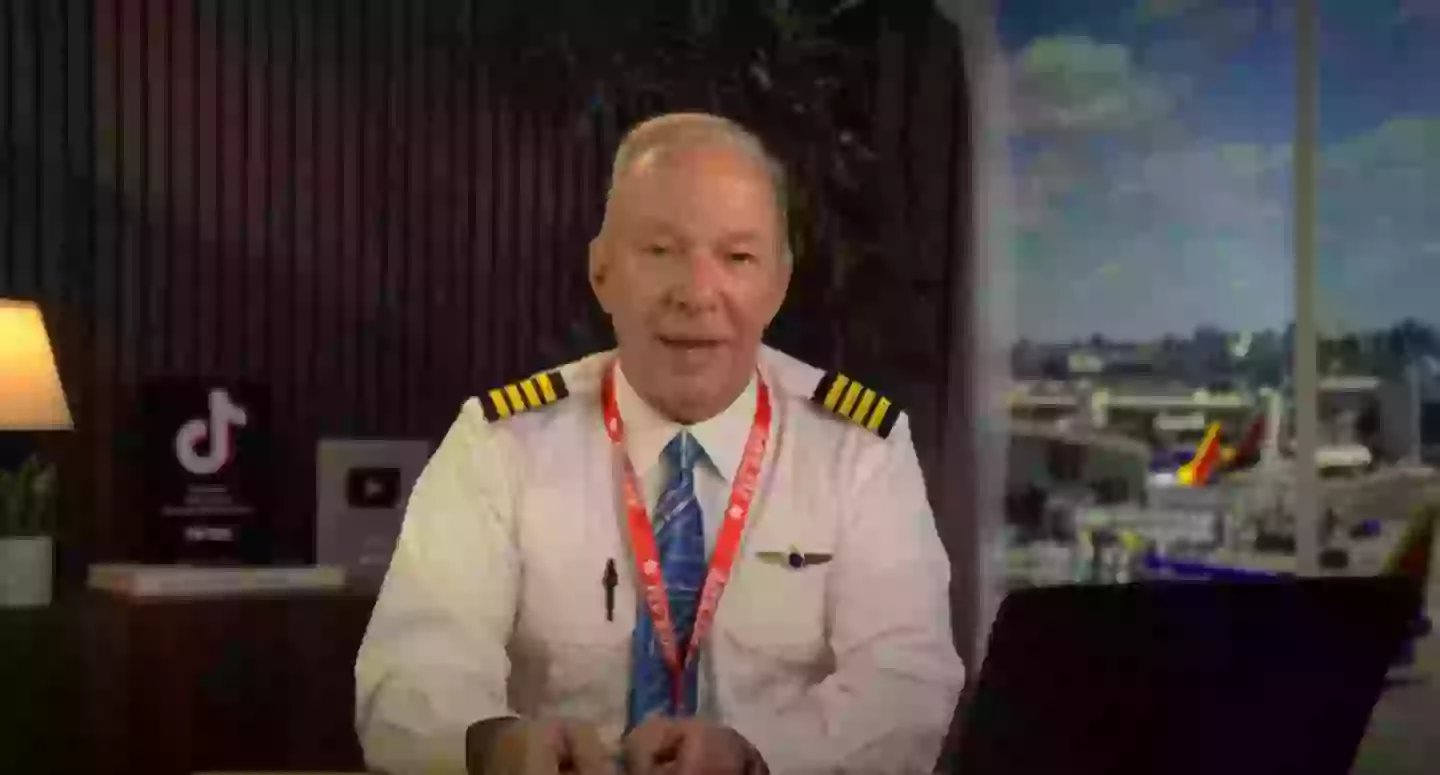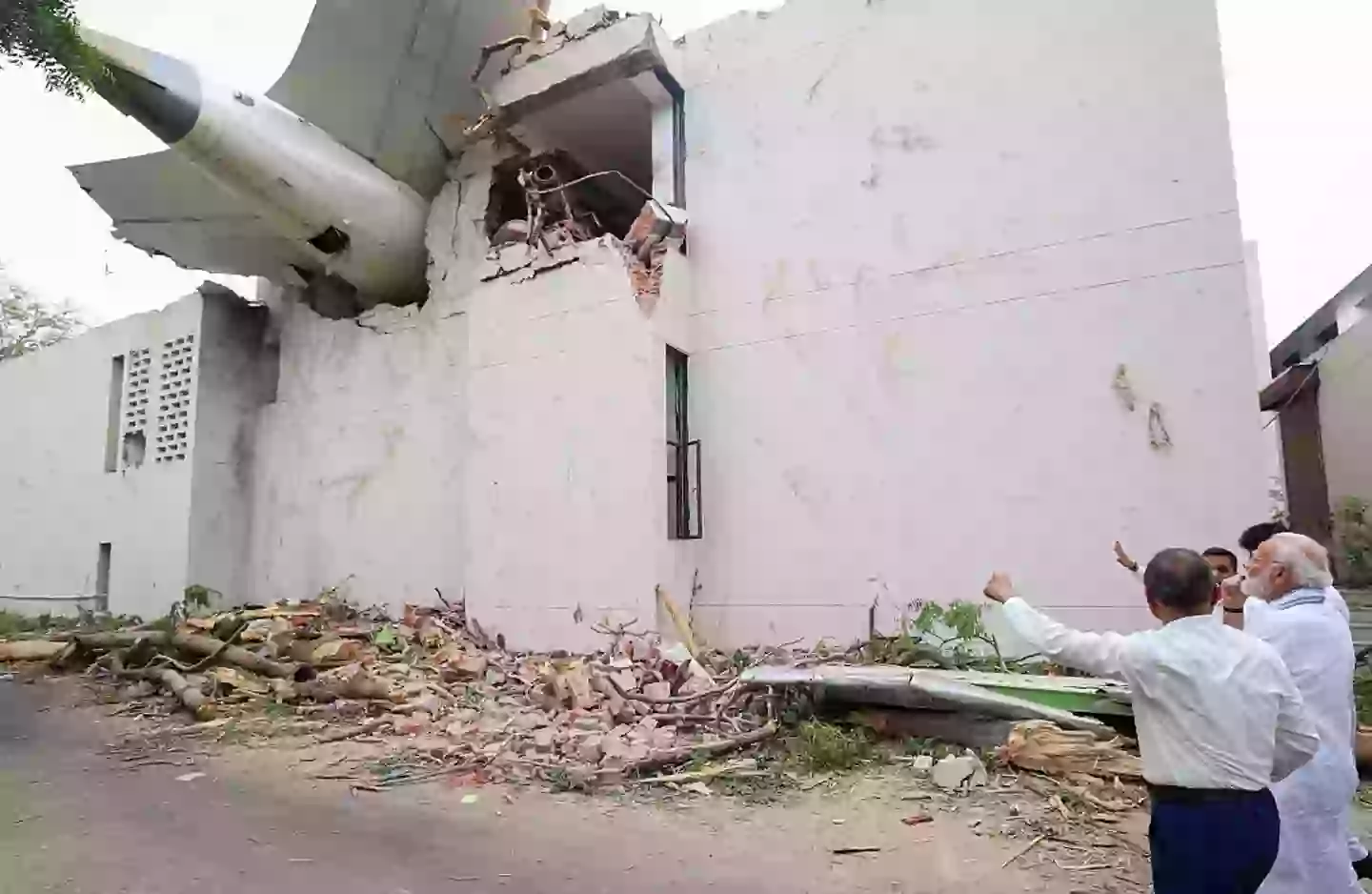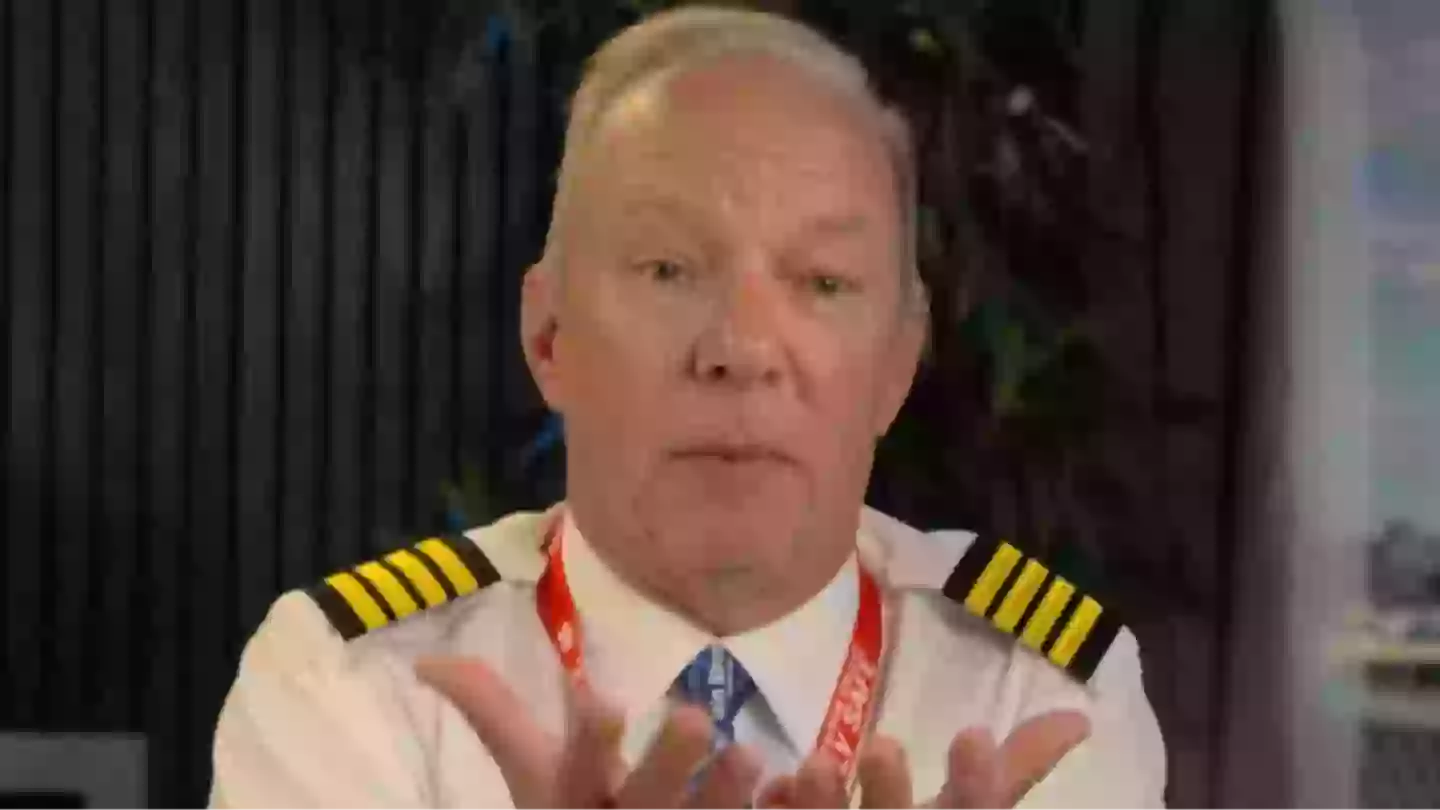A pilot has reviewed various theories regarding the Air India jet crash, offering his perspective on what might have actually occurred.
On June 12, a 40-year-old British man survived an Air India flight disaster in Ahmedabad, where the jet crashed into residential areas shortly after takeoff.
The flight, headed for London, resulted in the deaths of all 241 other passengers and crew, along with many on the ground due to the crash.
Investigations into the cause of the crash are ongoing. Both the captain, Sumeet Sabharwal, and the co-pilot, Clive Kundar, were noted for their experience. Captain Sabharwal made a mayday call almost immediately after leaving the ground.

Now, a commercial airline pilot and YouTuber has explored several theories that might account for the crash.
Captain Steve shared his insights after studying the footage and consulting with other pilots. He proposed three main theories, considering the first two less probable than the third.
“Remember [this] is my opinion, I’ve got some opinions based on the early findings here but rest assured, as more information unfolds, maybe the black box information comes out, we will make additions and corrections to anything that I say.”

Steve describes the Boeing 787 as a ‘very reliable airplane’ with an excellent track record, yet it mysteriously lost lift.
He notes that footage shows the aircraft appearing ‘flat’ in the air with visible landing gear.
There were no signs of engines emitting fire or sparks, which would indicate engine failure or birdstrike.
Still, Steve speculates a power loss might have been the issue.
“So that’s theory number one, that they lost power on both engines that caused the loss of lift.
“The airplane stopped flying,” he stated.

Regarding a bird strike theory, Steve mentioned it would require ‘a lot of birds to foul out both engines’ for such a crash.
“We don’t see any indications coming out of the back of the engine that that happened – you’d see flames, you’d see sparks, you’d see something as those engines were kind of coming apart,” he explained.
The second theory considers whether the plane took off without its flaps up.
Steve dismissed this, noting that two electronic checklists are ‘integral’ to the process, preventing takeoff without properly deployed flaps.
“So they would have had to override manually both of those checklists,” Steve continued.
The absence of deployed flaps would trigger loud alerts, including a warning light and a horn.
“It’s inconceivable that they would have continued on with that takeoff roll with a configuration warming in front of them.”
Despite acknowledging ‘anything is possible,’ Steve speculated on the most likely cause, in his view.
“I think the pilot flying said to the co-pilot said ‘gear up’ at the appropriate time,” he began.
“I think the co-pilot grabbed the flap handle and raised the flaps, instead of the gear. If that happened – and this is a big if – this explains a lot of why this airplane stopped flying.”

According to Steve, the flaps likely retracted too early, and with the landing gear still down, the resulting drag was problematic.
He explained that if the plane’s flaps were raised, it would have led to rapid loss of airspeed and altitude.
Nonetheless, he stated that at this point, determining the position of the flaps was ‘impossible,’ and managing the situation would have been challenging for the pilots.

